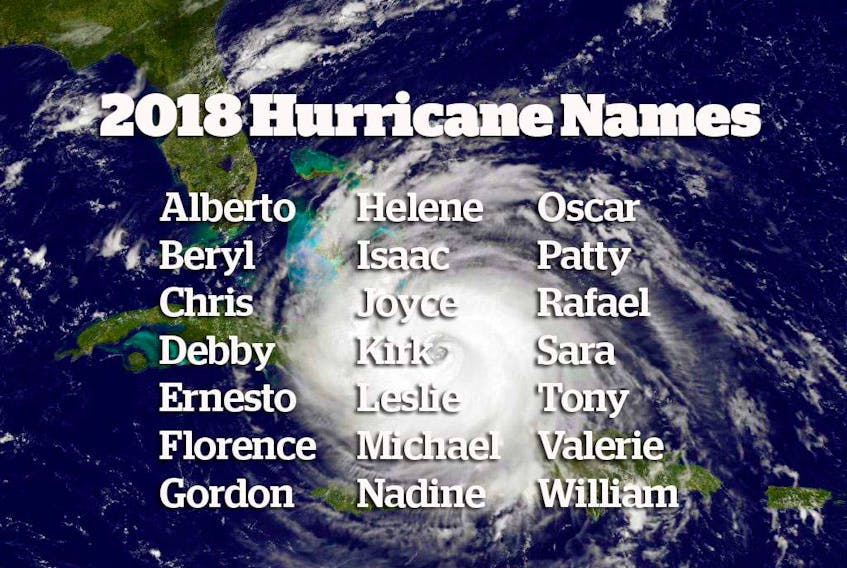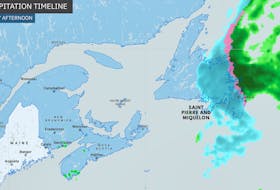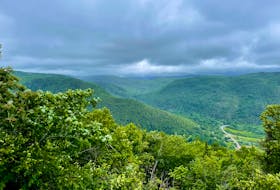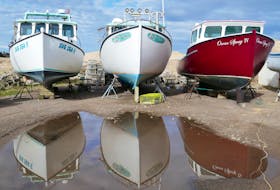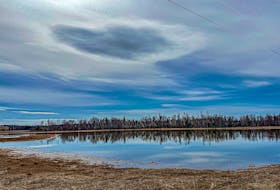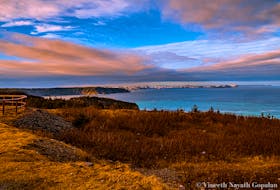It might seem early to talk about hurricanes, especially in Canada, but June 1 marks the official start of the Atlantic hurricane season. While our four seasons last only three months each, this one stretches over six months ending Nov. 30.
Last week, the Canadian Hurricane Centre in conjunction with the National Hurricane Centre in the U.S. released its seasonal forecast. In a nutshell, experts are predicting slightly higher than normal activity in the Atlantic Basin. Hours later, the first named storm of the hurricane season – Alberto -- had formed in the northwestern Caribbean Sea.
According to the CHC and the NHC, there is a 70 per cent likelihood of:
Ten to 16 named storms, of which five to nine could become hurricanes. One to four hurricanes could become major hurricanes: at least Category 3 strength with sustained winds of a least 178 km/h.
The 30-year average is 12 named storms, six hurricanes and three major hurricanes.
Experts seem to agree that two main factors point toward an active season:
1) A weak El Nino
An active El Nino season creates wind shear that tears apart the storms as they develop. Without this shear, storms have a better chance of developing into hurricanes.
2) Warmer than normal water.
Warm ocean surface temperatures feed energy into the bottom of a developing system; the warmer the water, the more fuel for the storm. The ocean water temperatures continue to run warmer than normal across most of the Atlantic Basin, especially along the Eastern Seaboard. This is very similar to the ocean temperature profile from last year, and this could once again be conducive for tropical storms and hurricanes forming and strengthening off the coast.
The Atlantic hurricane season runs through Nov. 30. The peak occurs when the Northern Atlantic is at its warmest, around mid-September. Statistically that is the most common time for a hurricane to occur.
It’s very important to remind ourselves that an above-average forecast for the hurricane season does not specify whether these storms will make landfall. It’s also important to remember that there is no apparent correlation between the number of named storms and their intensity.
Speaking of names, did you make the list? Tropical Cyclone Names: 2018 to 2023
- Want more weather information? Visit WeatherByDay.ca
- Have a weather question, photo or drawing to share with Cindy Day? Email [email protected]
Cindy Day is the chief meteorologist for SaltWire Network.

